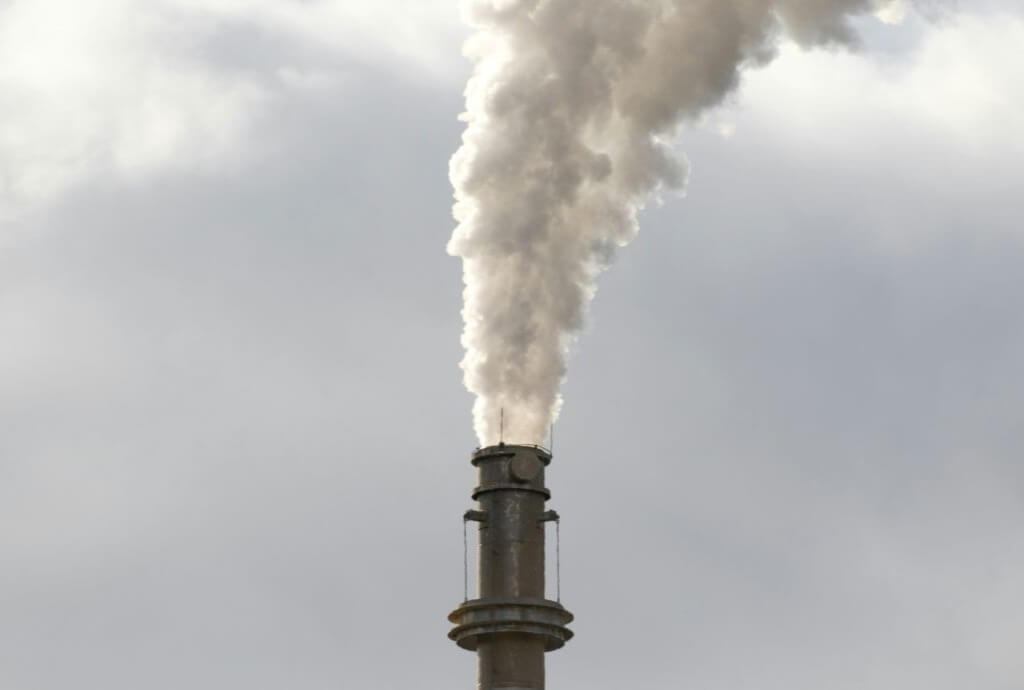BICOM
For Update No.1 click here and for No.2 click here.
What’s happened: The Israeli death toll from the surprise Hamas attack launched Sunday morning has today (Monday) risen to over 600, including around 240 mostly young people massacred at a “Nature Party”. At least 2,048 Israelis are injured, including at least 20 in critical condition and at least 330 seriously wounded.
- The IDF has killed over 400 terrorists and has retaken some sites infiltrated by the terrorists. It remains locked in gun battles with Hamas terrorists in areas across the south. Monday morning, police neutralised a terrorist car heading from Gaza towards Ashdod.
- Rocket fire from Gaza into Israel also continues, with the total launched since Sunday morning now believed to exceed 4,000. This morning, four Israelis were injured – one critically – when a rocket hit Sderot.
- In response to the Hamas attack, Israel continues airstrikes against terrorist targets in the Gaza Strip. The IDF confirmed that it today hit three terror command centres associated with both Hamas and Palestinian Islamic Jihad (PIJ).
- This morning, IDF naval commandos also intercepted and killed a five-person terror cell trying to infiltrate Israel via the Zikim beach.
- With Israeli family members beginning to publicly identify relatives kidnapped by Hamas from online videos, the number of Israelis taken hostage and transported to the Gaza Strip is still unknown. Unconfirmed reports suggest there could be up to 100, while an Egyptian mediator claimed today that there are at least “several dozen”.
- The IDF has established a situation room dedicated to the hostages, and reports suggest there has been at least one Brit kidnapped, with a second Brit named amongst those killed.
- The IDF has begun evacuating civilians from southern border towns.
- In parallel to the south, in the north this morning mortar shells were launched at Israeli military sites in the Mount Dov region on the Lebanon border. Israel responded with artillery fire towards the area of the launches.
- The IDF also confirmed that it had launched a drone strike against a Hezbollah tent constructed over the Blue Line, and that it then fired warning shots when Hezbollah operatives came to try to rebuild it.
- There have also been extensive troop reinforcements deployed to the northern border, with concern remaining that Hezbollah might extend its mortar fire and other provocation into more serious engagement with the fighting.
- Elsewhere, two Israelis and their Egyptian tour guide were shot dead in the Egyptian city of Alexandria.
Context: Sunday was the single deadliest for Israeli civilians in the history of the country.
- Israel has received considerable support from international allies. Prime Minister Netanyahu has spoken to a range of world leaders today, including Prime Minister Sunak, who expressed unreserved support for Israel’s right to defend itself as necessary.
- However, questions are being asked about Israel’s lack of preparedness for such an attack; the apparent ease with which infiltrators breached the border fence; and the speed of the ground and airforce deployment.
- The military’s immediate focus remains securing all southern areas infiltrated by the terrorists, and on fully resealing the border to prevent further infiltration.
- Some had previously hoped that Hamas had displayed pragmatism, and that its priority remained solidifying its own power and improving the Gazan economy. In recent weeks the conversation has centred on increasing the number of worker permits, increasing imports and exports, and expanding the Gazan fishing zone. Hamas has been shown, instead, to be utterly committed to the merciless slaughter of Jews and to the goal of destroying the State of Israel.
- Military officials and analysts had warned for some time that Israel’s internal divisions – exposed most glaringly by the judicial reform – were being interpreted by its enemies as a sign of weakness ripe for exploiting. However, fear was most acute concerning Israel’s northern front, and the better-armed and financed – and assumedly less pragmatic – Hezbollah.
- The nature of Hamas’s penetration is becoming clearer. Having first used drones to attack Israeli observation towers and weapons systems on the border, terrorists on paragliders then flew over the border in the wake of a massive bombardment of rockets into southern and central Israel. Finally, holes were blown in the fence, allowing the further infiltration of Hamas terrorists.
- Speculation over the level of involvement from Hamas’s Iranian patron is considerable, with the apparent sophistication of the explosives used to breach the fence an indication that materiel was smuggled via Iran.
- The attacks are also being interpreted, in part, as an Iranian response to Israel’s growing integration in the region, and as a message to states looking to follow Morocco, Bahrain, and the UAE’s lead in normalising relations with Israel – not least Saudi Arabia.
- Hezbollah today warned both Israel and the US of a potential escalation of the conflict. The Iranian-backed Lebanese terrorist organisation has a considerably larger and more sophisticated arsenal of rockets than Hamas, including the ability to turn rockets into precision-guided missiles.
Looking ahead: The scale of Israel’s response, once the immediate objectives of re-securing the south and border have been accomplished, remains to be seen, with troops deployed ready for a potential ground assault.
- The risks and benefits of a ground invasion will be carefully weighed and considered only if a ground invasion can accomplish necessary objectives which air strikes cannot.
- Alternatives may also be considered. Following Energy Minister Israel Katz’s cutting of electricity to Gaza yesterday, other non-kinetic options may be considered in a bid to force Hamas to release hostages. While Israel is always reluctant to pursue measures targeted at Gaza’s civilian population, it could be argued that the scale of yesterday’s attacks is such that the traditional rules of engagement have shifted.









